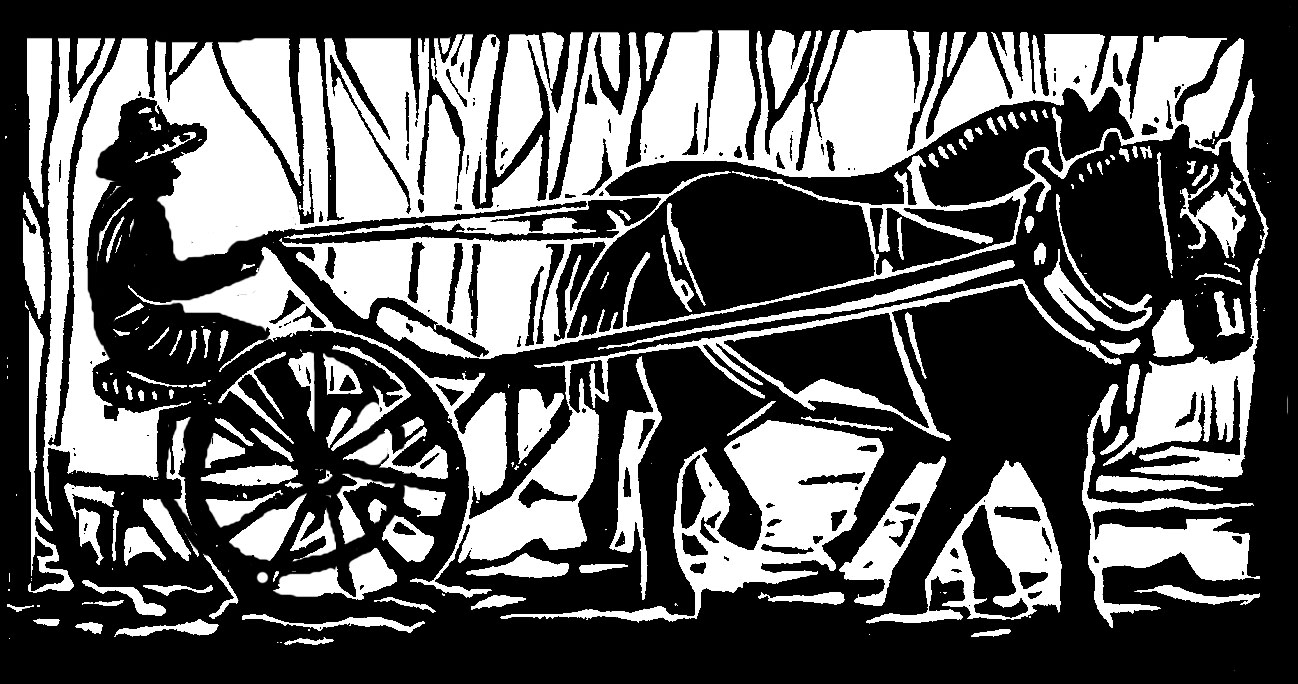September is a lovely month on a New Hampshire vegetable farm. The summer crops, tomatoes and zucchini, yellow squash and cucumbers, peppers and eggplant, are still productive, but they are not so productive that a farmer dreads the thought of harvest. Nine hours of picking tomatoes, or two hours of picking tomatoes: two hours seems positively luxurious.
With our extra seven hours, we can start moving into the fall crops: digging potatoes or topping the Brussels sprouts or gathering apples to make cider, always a welcome fall treat.
Or we can sleep. Gee, it seems harder and harder for a vegetable farmer to get up this time of year. Luckily, we have several sustainable methods of accomplishing this:
The Kitty Alarm, #1: All summer, the kitty likes to go out at 4:30 a.m. Sometimes when I gaze blearily out at the 4:30 a.m. world, I think, hey, it's light enough to get some work done. Happily, my bleary body thinks this is a Very Bad Idea and takes my bleary mind back to bed. Even more happily, as dawn comes gradually later, the kitty changes her schedule too, and this time of year she doesn't want to go out until 5:30 a.m.
The Coffee Alarm: In the early part of the season, when the peppier of the two farmers gets up at 5 or 5:30, he works for an hour or more, and then comes back in for his coffee. He comes in very quietly, so as not to disturb the sleepier farmer. But there is no way to quiet the coffee alarm. It takes three taps to dislodge the coffee grounds from the metal coffee-basket into the metal compost bin. Tap. Tap. Tap. It's time for coffee. Or it's time for sleepy farmers to get up.
The Draft Horse Alarm: This works best when the horses are in the pasture they like least, which borders a swampy area and is full of bugs. They come galloping down the hill, hooves pounding and noses snorting, and generally emanating enough “Get out of your beds, you lazy farmers, and let us in the barn!” vibrations that we comply. On rainy or cooler days, however, the horses are perfectly happy to stay in their pasture night and day. Thus draft horses do not make a dependable alarm, in case you're thinking of getting a few to replace your morning buzzer.
The School Alarm: This really is a morning buzzer, dreaded by all. But we have a far more pleasant music setting alarm on our digital clock, so we can wake up to some nice cello or flute music. Obviously, this is not in use in the summer months, but in September, when all the farmers except the one who has to go to high school could stay in bed nice and late, the flute and cello alarm encourages all of us to get up and get moving. This alarm varies slightly, from 5:45 to 6:45, depending on how much homework the high school farmer has yet to complete.
The Kitty Alarm, #2: If we get this alarm, we are really slug-a-beds. This happens about 7:30 or 8:00 a.m. Our screen door doesn't latch tightly, and a clever kitty can get her paw around the edge of it and bang the door. And bang the door. And bang the door. Clearly the kitty is ready for her mid-morning snack. Why, indeed, are farmers even in bed at this late hour? Luckily, this alarm is also weather dependent. When we take the screen door off, and put the storm door on, there's nothing for the kitty to catch hold of and bang.
Of course, by door-changing time, it has gotten cold enough that our kitty stays nicely asleep later and later in the morning with us, and soon it will be cold enough that our garden will be put to bed too. We'll all get to sleep. Ahhh ….
Originally published in the Monadnock Shopper News, Sept 27 - Oct 3, 2017
